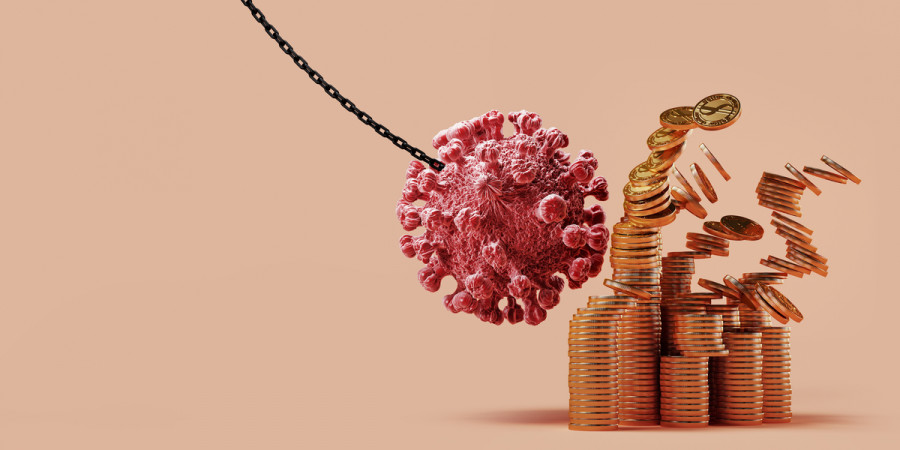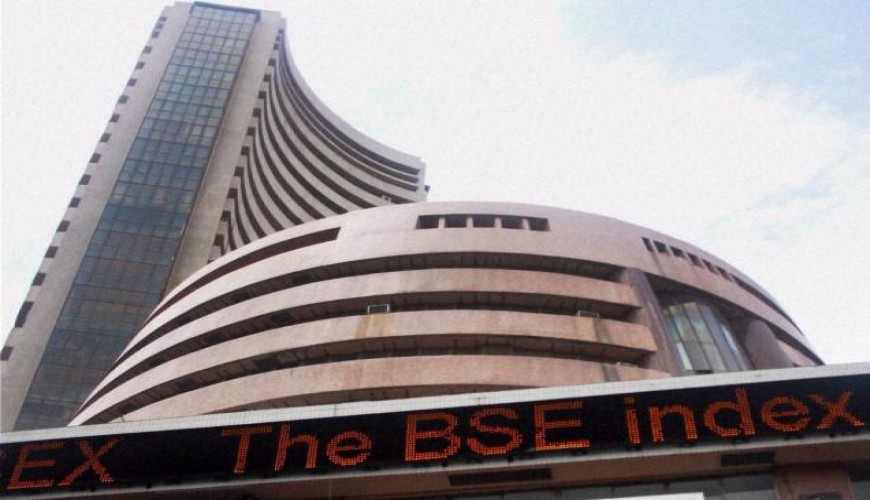
We need to plan for the multiple waves of the pandemic that will hit us once the Indian economy opens up completely
Pandemics historically behave in a set pattern with a few exceptions and occur in multiple sequential waves. Containment and mitigation measures, which slow the contagion’s spread, are the only options initially as there are no cures or vaccines available for new pathogens. However, these containment measures leave people vulnerable to infection once the restrictions are withdrawn, because the virus is not treated but only contained. The Spanish Flu in 1918 had a second wave a few months later and proved more deadly, causing between 20-40 million deaths. It re-emerged in 1919 causing further fatalities. Similarly, the 2009 Swine Flu also had a second wave in the US after a few months. A second wave is due to either sudden exposure of the virus to the susceptible population or possibly due to mutation in the virus’ genome. Thus, the four-pronged strategy of hand and respiratory hygiene, physical distancing, mask wearing and self-screening is vital now that the economy is opening up. The last measure is very important in the containment strategy. People should stay at home in case they are unwell and get themselves tested before they start moving out. This is crucial to break the chain of transmission of the Coronavirus.
The pandemic is still evolving in India and likely to move from high socio-economic zones in the coming days. We have to prevent this at all cost. We have now more than three lakh cases with a three to five per cent daily surge. This, when extrapolated to the total population, comes to about 224 cases per million population. However, a city like Delhi has about 1,500 cases per million population, which is seven times more than the national number. We are doing 3,800 tests per million on a national level and this varies from State to State. This is low if we compare it with the US testing close to 70,000 per million and Brazil close to 98,000 per million. The important thing now is to test more, isolate those found positive and go aggressively for contact tracing and quarantining to mitigate the virus’ spread.
Australia has been successful in combating COVID-19 with only 19 active cases admitted in the country as of today. Their numbers speak for themselves with a total of 7,290 confirmed cases, 102 deaths and 6,783 recoveries till date. This is a key comparison as Australia and India have a similar number of cases per million (286 and 224 respectively) as well as a similar number of deaths per million (four and six respectively).Though one may argue about the advantages of a smaller population, yet Australia’s strategies of aggressive testing, contact tracing and quarantine have paid dividends. Australia has conducted about 17.5 lakh tests (78,000 per million) with a positivity rate of 0.4 per cent as against our testing rate of 3,800 per million.
The average testing rate in Delhi is over 15,000 per million which is less compared to the number of cases and the national testing average. It needs to be more than 30,000 tests per million as of now and more in coming days. The positivity rate in Delhi has gone up to 30 per cent and this again is an indication for more aggressive testing. We need to involve more private labs and ease the testing eligibility criteria. In fact all high-risk individuals like doctors, nurses, ambulance drivers, paramedics and the family members of Corona patients should be tested and isolated in order to contain the surge. In view of an expected jump in cases in the near future, there would be a huge demand for beds and therefore banquet halls, indoor stadia and similar facilities should be converted into makeshift hospitals with the help of the armed forces who have the expertise in it. This was done in Wuhan, New York and in Europe.
Private hospitals need to participate in this war and can contribute by diverting 50 per cent of their ICU beds and general beds for Corona patients as against the 20 per cent right now. There must be one central system of allocating public and private hospital beds for better utilisation and greater transparency. The private healthcare system also has trained manpower to run this augmented capacity, be it testing or critical care. This revamp is crucial to saving each life. Sero-epidemiological surveys for April have revealed that less than one per cent of the general population and about 20 per cent of the people in containment zones might have acquired the virus. This indicates that the infection is still on the rise. It is important to keep the level of infections in the community low until a drug/vaccine is developed and is available for mass distribution/immunisation.
Although many countries have been successful in flattening the curve and contained the spread of the virus, they are looking at a potential resurgence of the virus spread once restrictions are eased out. China has witnessed new infections in the last few weeks, so has Singapore. Though it has been seen mainly in migrants and foreign workers in congested dwellings in Singapore but it is being seen as a second wave of the pandemic. Elsewhere, in some countries, a few COVID-19 patients are becoming positive again possibly due to reinfection, casting a doubt over the immunity gained due to this infection. We need to plan ahead for the multiple waves that will hit us once the economy opens up completely. We need to proactively chase the virus at the same time rather than the virus chasing us.
(Writer: Rajinder K Dhamija; Courtesy: The Pioneer)








 OpinionExpress.In
OpinionExpress.In















Comments (0)